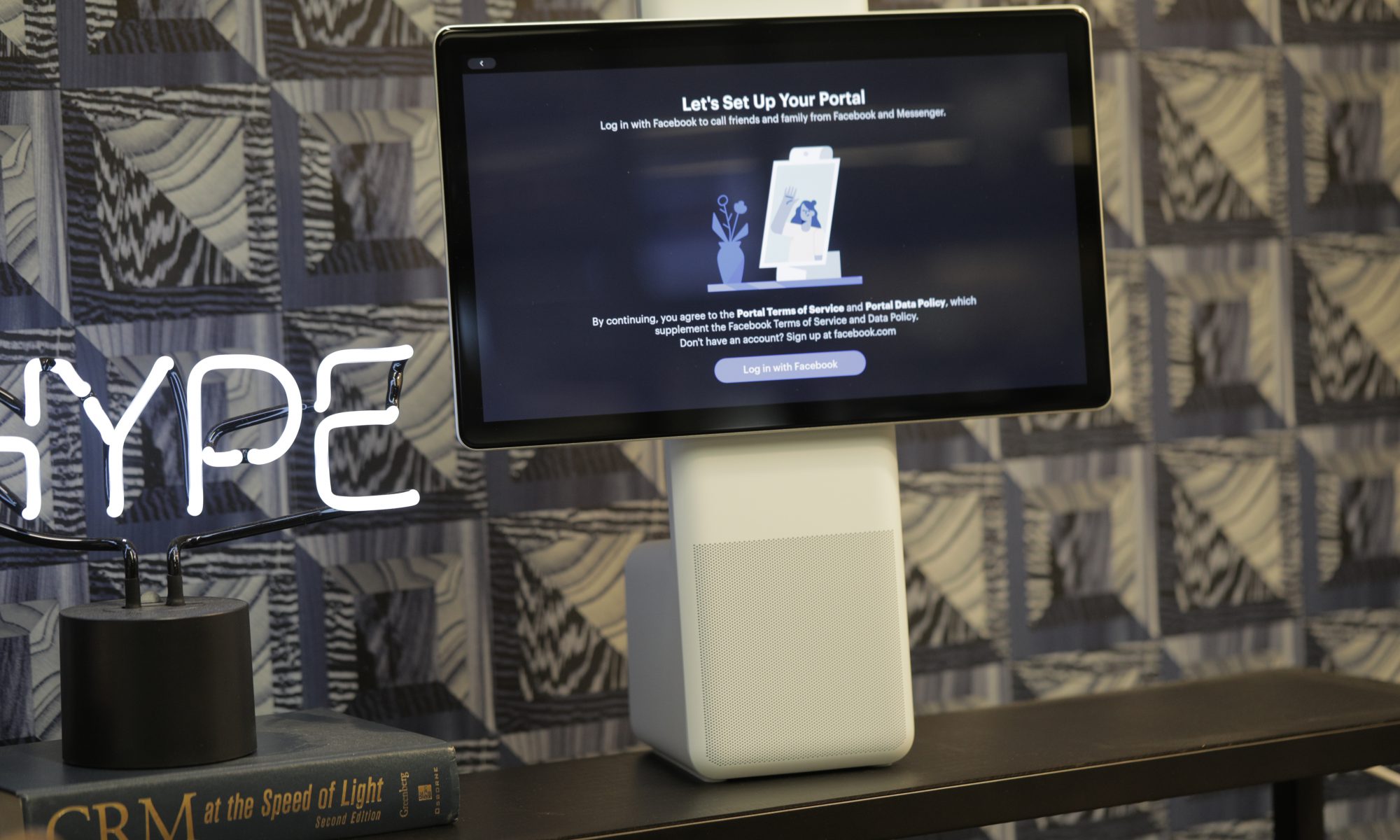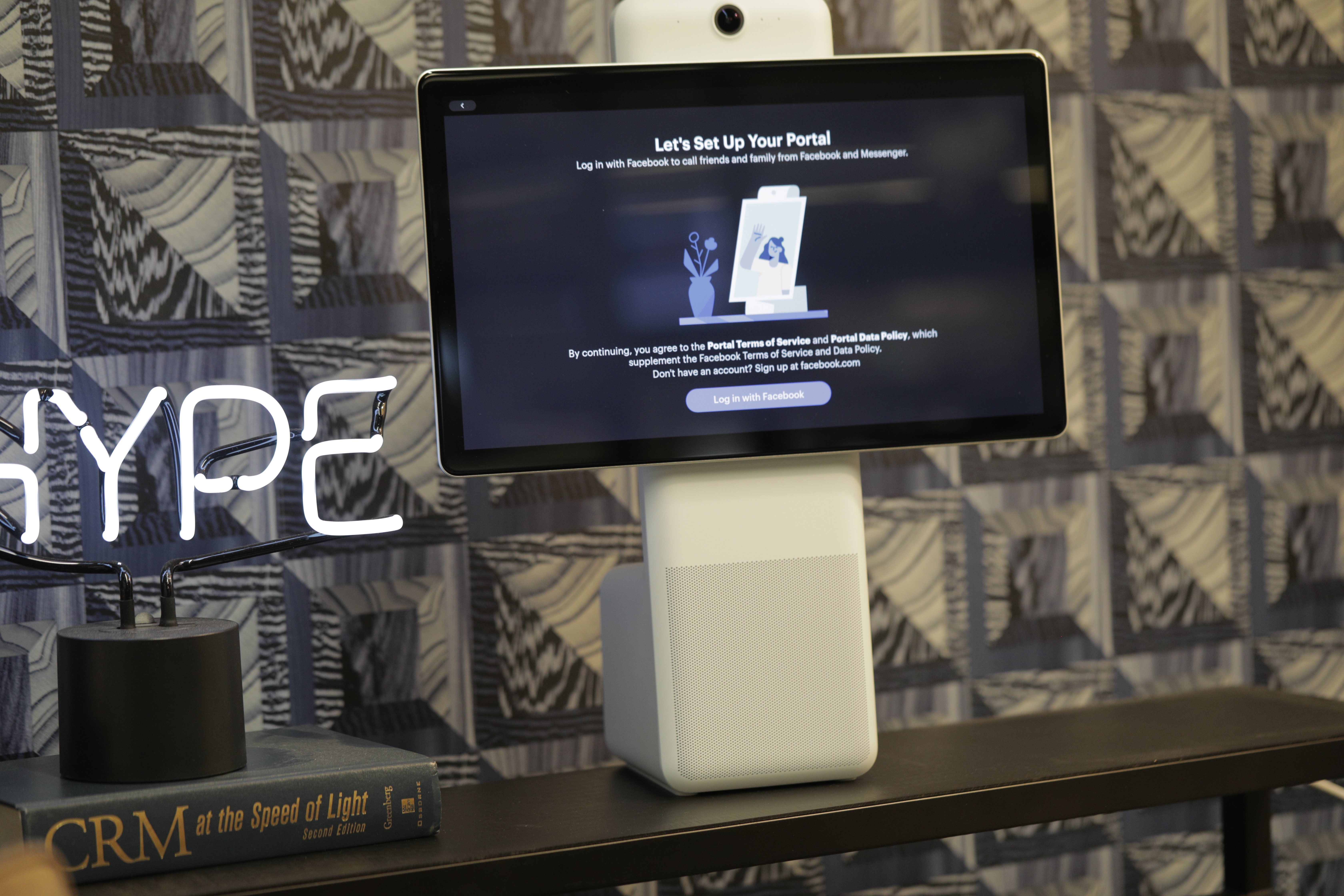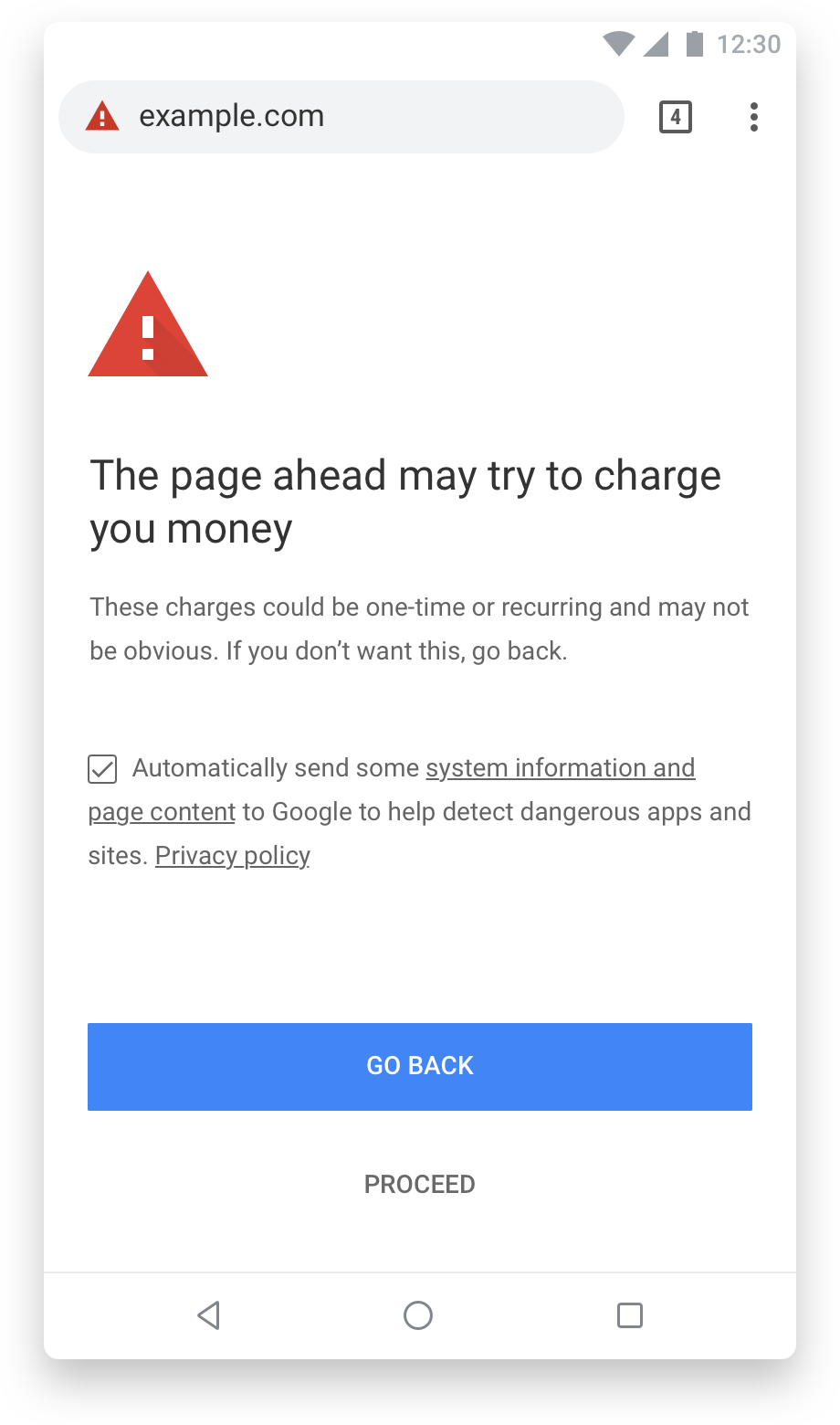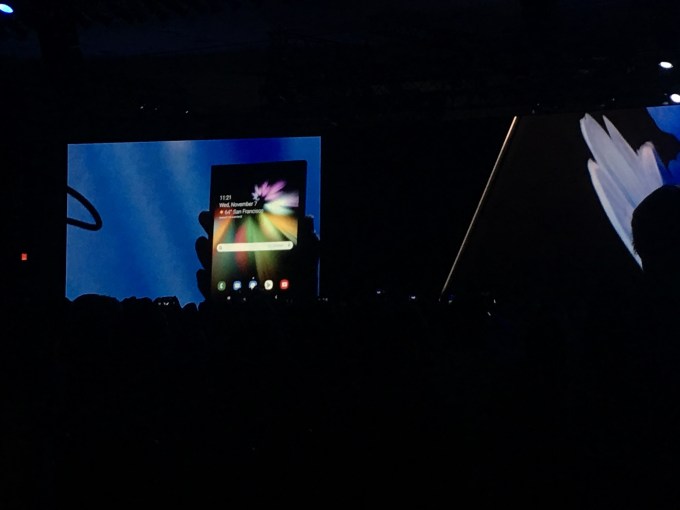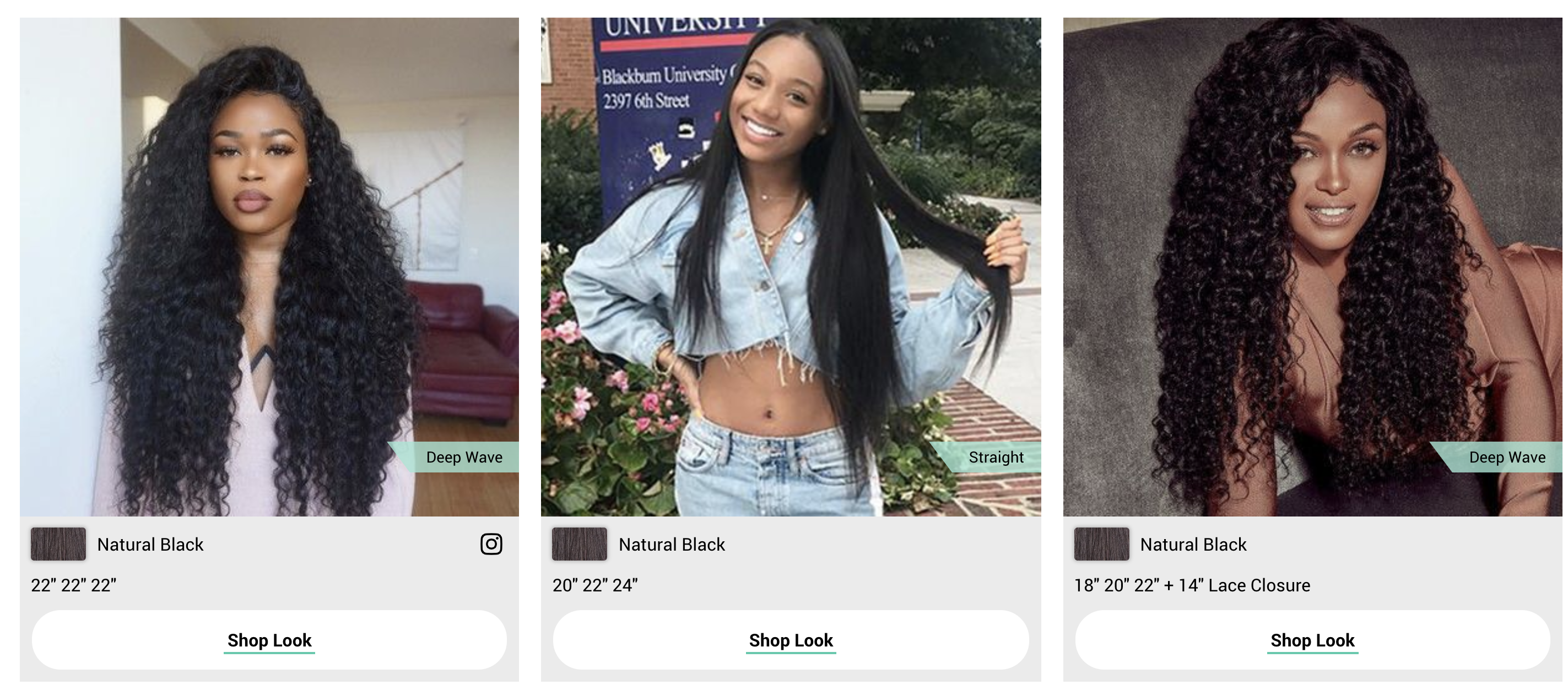By now, Brex, the young startup that is trying to reinvent corporate credit and charge cards, is well-known in Silicon Valley. The tender age of the company’s co-founders, Henrique Dubugras and Pedro Franceschi, the big-name backers, the $125 million Series C announced last month, the aggressive billboard advertising in San Francisco and the company’s torrid growth have all contributed to the swirl of attention. But, of course, it was the valuation at the last round — which placed Brex into the fintech unicorn club — that tops the list.
Recently, Brex offered up a new reason for chatter as it unveiled its new, generous rewards program that was purpose-built for the kind of entrepreneurs who aspire to match Brex’s success. But lost in the buzz are the specifics of how Dubugras and Franceschi have approached the arcane challenge of building a payments startup.
To better understand that, chief executive Dubugras opened up about his and Franceschi’s previous startup, Pagar.me, which was acquired by newly public Brazilian credit card processor StoneCo, the challenges of scaling quickly, how a Brex card compares to traditional corporate card products and the company’s plan to navigate the ups and downs of business cycles. Finally, Dubugras spoke candidly but confidently about the considerable pressures facing the company now that everyone is watching.
Gregg Schoenberg: It’s good to connect again, Henrique. As you know, Brex has gotten a lot of press for having gone from from zero to fabulous in a short time. But for those who have missed the Brex story, what problems are you solving for startups?
Henrique Dubugras: One is a case where the founder can’t get a credit card because they don’t have a FICO score or can’t provide a personal guarantee. Another case is when a founder can get a card, but doesn’t want to provide a personal guarantee.
GS: Which is understandable.
HD: Yes, I think it’s not a very smart idea. Brex can solve that because we can issue them a card now without a personal guarantee. Finally, there’s the founder who doesn’t care about the personal guarantee, but there are other things related to the experience of having a credit card that could be much better, and we’ve solved for that.
GS: The first two speak to a differentiated underwriting approach, but that third issue seems especially challenging.
HD: Yes. On the underwriting side, we take into consideration your cash balances, and the VCs that invested in you. It’s a Silicon Valley way of underwriting that allows you to go from zero to a working card in like five minutes. But in terms of the third use case, yes, we had all of these people telling us, “Hey, it’s impossible to rebuild credit card systems from scratch. No one has done it in the last 20 years.”
GS: That’s why I want to discuss Pagar.me, because I think it provides insight as to how you were able to disprove doubters.
HD: Well, we had built a payments company before, so we kind of knew how to do it and just decided to rebuild everything from scratch. You saw the Stone IPO, right?
GS: I did, and buried deep in the footnotes of the S-1, it points out how much it spent on the remaining amount of Pagar.me for in 2016. So while you and Pedro built something that was a success, it wasn’t like you were able to buy an island with your proceeds.
HD: There’s another part that wasn’t part of the IPO, but no, we still can’t buy an island.
GS: And this narrative that you and Pedro were able to come here from Brazil and in short order wave in all of this amazing funding because you had a huge exit is not accurate. Instead, I see two guys who navigated a very bureaucratic financial system…
HD: Yes.
We had this experience that was pretty unique compared to U.S. payment companies or ones from any other place.
GS: …and figured out a way to build something that was successful.
HD: Correct, but keep in mind that we built more than a product. We built an organization. It had over 100 people, was profitable, had substantial market share and it got acquired.
GS: To me, a big aspect is that you did it in a Brazilian fintech bootcamp of sorts, because building a payments company there, that achieved scale, when you did it, was hard.
HD: It was really hard. And volume-wise, Pagar.me is a big part of Stone today.
GS: You also had to deal with the regulators quite a bit?
HD: Yes. The Central Bank decided to start regulating financial businesses around the time we started Pagar.me.
GS: Pagar.me provided the short-term financing to all of those merchants doing business online, right?
HD: Correct. We had to raise debt in Brazil in order to factor the receivables to merchants, because prepayments are a big part of the market. We also rented an acquiring license instead of having one ourselves. So, yes, we had this experience that was pretty unique compared to U.S. payment companies or ones from any other place.
GS: I think it would’ve been very hard for someone in the U.S. payments ecosystem to have been confronted with that kind of diverse challenge and come out on top. It seems like a big part of how you hooked those early investors, people like Max [Levchin] saying, “I want to invest in you no matter what you build. I really like your talent.”
HD: Correct. And because Max understood payments so well, he could tell that we knew what we were doing in our area. The same is true for Ribbit Capital, which knew about Pagar.me.
GS: Seeing Max invest in a payments company is different than Max investing in a bunny rabbit startup. In a space like payments, I think it matters a lot that he was behind you early.
HD: True.
GS: So returning to Brex, I’m interested in the rewards program you just announced, which is paradigm-shifting. Your rewards are designed to be used on an ongoing basis as opposed to being accumulated, right?
HD: Exactly. We want you to use all of the rewards, so that every single day you can have the best experience. Also, credit cards have these footnotes saying, “Hey, you can get up to these caps, restrictions and limits,” etc.
GS: Trying to prevent people from optimizing.
HD: Yes. We take a very different approach, where we’re like, “Hey, we’re not going to limit and punish good users and people who want to just use one credit card by adding all these limits and restrictions.”
GS: What’s the Brex Exclusive concept?
HD: The concept is that if Brex is your only card, you get all these benefits. But if it’s not your only card, you can still use Brex, but then you just get reduced benefits.
GS: Couldn’t you argue that right now, Amex, or Chase, or Capital One doesn’t care about your rewards offering? It’s akin to the early days of the roboadvisor space. But as you get bigger, wider in scope and peskier, what’s to stop Chase from introducing the unicorn card with a bounty of rewards?
HD: One is the effect on their legacy technology. You can say, “Why don’t they just change their technology,” right? Well, they have all these regulatory bodies that would say “No, you can’t change your entire technology system, because if you mess up, the whole U.S. financial system might be impacted.”
GS: Can you give a specific example of how this would play out?
HD: Take the credit limit side. All these companies are built to have these static credit limits in which they set their credit limit today and they don’t look at it for two months, three months, six months, etc…
We don’t want to be the stupid company that raises a bunch of money and then starts doing all these stupid things.
GS: Right. But are you comparing a charge card versus a charge card, or a charge card versus a credit card?
HD: Brex is a charge card, but it doesn’t really matter for this concept, because my point is the technology of changing the limit every single day based on real-time data versus the system they have. Implementing a real-time system would be a fundamental shift for them.
GS: What about this idea that you have credit limits that are 10 times the amount versus a traditional card? It’s cool, but you guys have access to lots of analytics and data, so you’re not really taking a huge amount of risk.
HD: That’s correct, which is why we have zero losses today.
GS: Today?
HD: To date.
GS: Impressive. Let’s talk about Sutton Bank, which is your issuer bank that you needed to access the Visa Network. What would you do if you got approached by another issuer bank that said, “I love what you’re doing, can we be an issuer bank too?”
HD: It would be something we would consider, but it’s not something we’re focused on right now. We use their license to issue, but we basically do everything. We do the underwriting. We do the technology and everything.
GS: You’ve been public about wanting to grow out of the startup world. Where’s next?
HD: We do want to go to a more traditional businesses, a little bit more mature and outside of technology. That’s something that we’re going to probably do sometime next year, but we have to adapt our underwriting model and our product.
GS: Rewards too, right? I can’t see a lot of traditional businesses caring as much about AWS credits.
HD: There’s nothing besides cash back that matters to these companies. We’re going to adapt because that’s what they care more about.
GS: What do you think of this whole blitzscaling ethos?
HD: I’m reading the book right now, actually, but I haven’t reached a conclusion yet. All the examples in the book seem like two-side marketplaces with a lot of network effects and a winner-take-all. That’s not us.
GS: Regardless of model, to say that you’re going to let some fires burn and ignore them… I don’t know if that flies in fintech or in financial services in 2018.
HD: Yes, fintech has this other aspect of it because it’s people’s money. You can’t let buyers burn. But I think there are other aspects to it. Are we going to reach a plan for success or hedge for failure? Are we going to hire faster or hire slower?
GS: Everybody who has raised a big round like you is in hiring mode. Have you encountered recruitment challenges given your youth?
HD: Not in the U.S. In Brazil, we’ve felt it. There’s so many examples of successful companies founded by very young people. I mean, maybe we’re one year younger than the other guy who did something really good.
GS: What about the idea of building a common culture, because the ink on your business cards is still sort of wet and you’re hiring all these people so quickly?
HD: The question of what kind of culture we want to build is something we think about a lot. Some companies are on the Google or Airbnb side, like, “Hey, we’re a family.” Some are more like Netflix or Apple, which is more like a professional sports team. We’re definitely more towards Netflix or Apple than we are towards Google or Airbnb.
Building a 10- to 20-billion-dollar business is hard. It’s really, really hard.
GS: What do you mean by more professional?
HD: More work-driven, and we’re not into the whole perks thing. Plus, we really like to pay people higher salaries and give them smaller stock grants, because a lot of people in Silicon Valley don’t believe in stock. We’ve said, “Yes, we’ll give you more cash,” and then we save the stock, not for the people who negotiate the best, but for the people who are performing the best over time.
GS: What’s your thinking?
HD: There’s this super premium given to risk, right? It’s for the people who joined when we were nothing and nobody believed in us. That premium is too big, I think, compared to people who will work in this company for a long period of time. I think a lot more of the premiums should be for someone who has spent six, seven, eight years busting their ass and growing this company.
GS: Let’s touch on where you going to put these people: Brazil or “Transaction Alley” in Atlanta?
HD: We’re thinking about it. I think Vancouver is the main candidate for now.
GS: Why there?
HD: You can get visas really quickly.
GS: Given your need for speed, are you worried about controlling your spending while you look to grow quickly?
HD: Honestly, we have the opposite problem. Keep in mind that Pagar.me was built with $300,000. It was the only money we raised for that company.
GS: Really?
HD: Yes. For us, not spending money is the default. But now we have a lot of money, and we need to invest it to grow faster, so we are constantly actively thinking of ways of spending more.
GS: It sounds like you’re struggling with this.
HD: It’s just hard because we don’t want to be the stupid company that raises a bunch of money and then starts doing all these stupid things. But we also need to invest to grow faster, so finding that balance…
GS: …acquiring customers can be expensive.
HD: Yes, but for us, that’s not even the thing because our market is so niche, I can’t just put a couple hundred grand on Google. It just doesn’t work because we’re so niche.
GS: Right.
HS: But we definitely have an issue of how to deploy capital more than we have and how not to do it.
GS: Well, I suppose you could just advertise on more billboards.
HS: Actually, that’s cheap! There was an article about this. We spent $300,000 for three months for all of San Francisco.
GS: I’d like to close by talking about what it means to be one the hottest young startups in the Bay Area. And the fact that at some point, a recession is coming. To the first issue, are you concerned that given your rapid ascent, you can’t make mistakes quietly because everyone is watching you?
HD: Yes. I definitely feel that pressure. But I feel more confident because we’re doing this for a second time, in a market that we know. And I really like our executive team. Plus, there’s a lot of stuff we’ve already figured out with Pagar.me in terms of management and culture and what the scale problems will look like.
I think that anyone who says they know how to deal with a recession, it’s not true.
GS: Still, it’s a lot of pressure given your valuation and the expectations that come with it.
HD: Yes. I’m definitely scared because it’s a lot of responsibility, and I won’t consider Brex a success unless I give my investors a 10 to 20X return. Building a 10- to 20-billion-dollar business is hard. It’s really, really hard.
GS: You have to become the next Stripe… Let’s conclude by talking business cycles. When I talk to many CEOs, they will feed me a line like, “Actually, we’re going to be great in a recession — even better under a recession,” right? While true in some cases, it’s mostly false.
HD: Yes.
GS: So what happens when the business cycle changes, there isn’t as much VC activity, and you still have to figure out how to grow?
HD: I think that anyone who says they know how to deal with a recession, it’s not true. Because every single recession is very different than the other. 2008 was completely different than 2001. There’s no one person who knows how to deal with all of them because they’re all very different.
GS: I agree.
HD: The only thing we can do is the big-picture playing, by one, raising more money than you need — which we did — and two, having levers of spending that you can cut very quickly.
GS: Perhaps this is where your Brazilian lineage helps, because you grew up in a country that had a lot of volatility.
HD: 100 percent.
GS: With prices changing on the store shelves from the morning to the evening.
HD: Well, we weren’t born in that time, but we heard our parents talk about it.
GS: Oh that’s right. I forgot.
HD: The thing we learned most from that is that nothing’s done until it’s done. Coming from Brazil, this fact-oriented culture was ingrained in us. We didn’t even celebrate closing the round here before the wires hit.
GS: Last question: If you ultimately face a worthy competitor focused squarely in your space, will it be from another Henrique and Pedro, or will it be from a big player?
HD: It would be a fintech company that adds this product. I don’t think it’ll be Amex or Chase. I think it will be a PayPal or a Square or an Adyen or a CyberSource. They are not the legacy guys, so they don’t have the problems that banks have.
GS: Gotcha.
HD: But I don’t think it’ll be another Henrique and Pedro, honestly. So…
GS: Well, I wish you luck on that.
This interview has been edited for content, length and clarity.
Source: Tech Crunch


